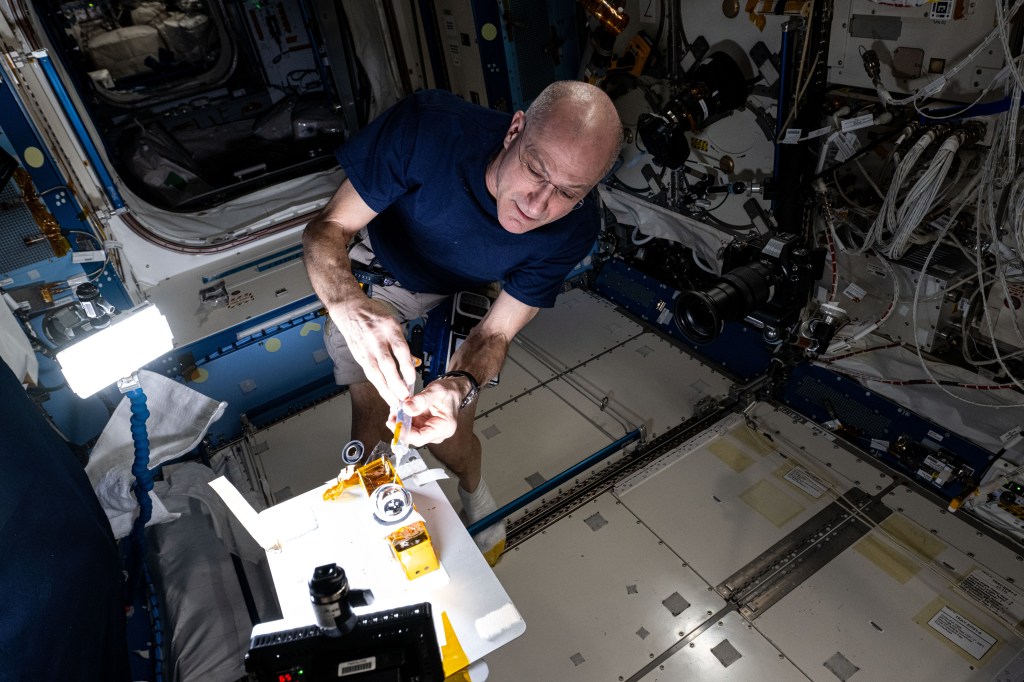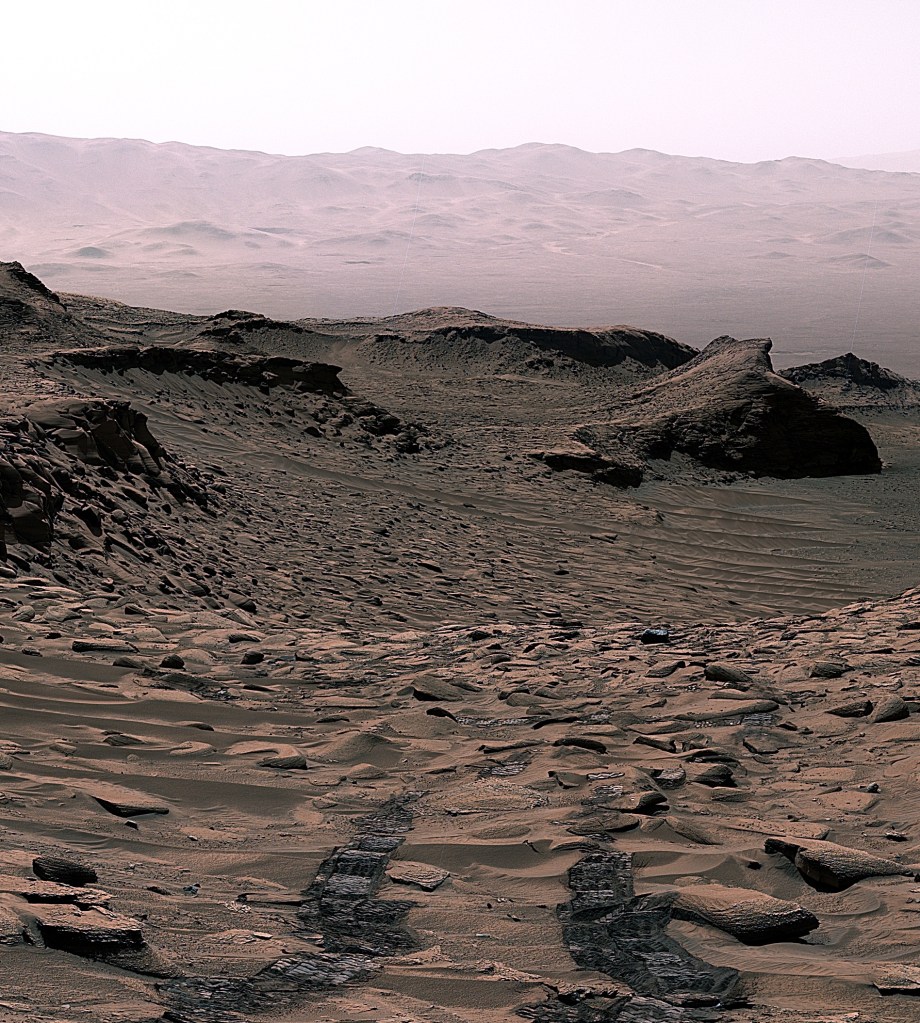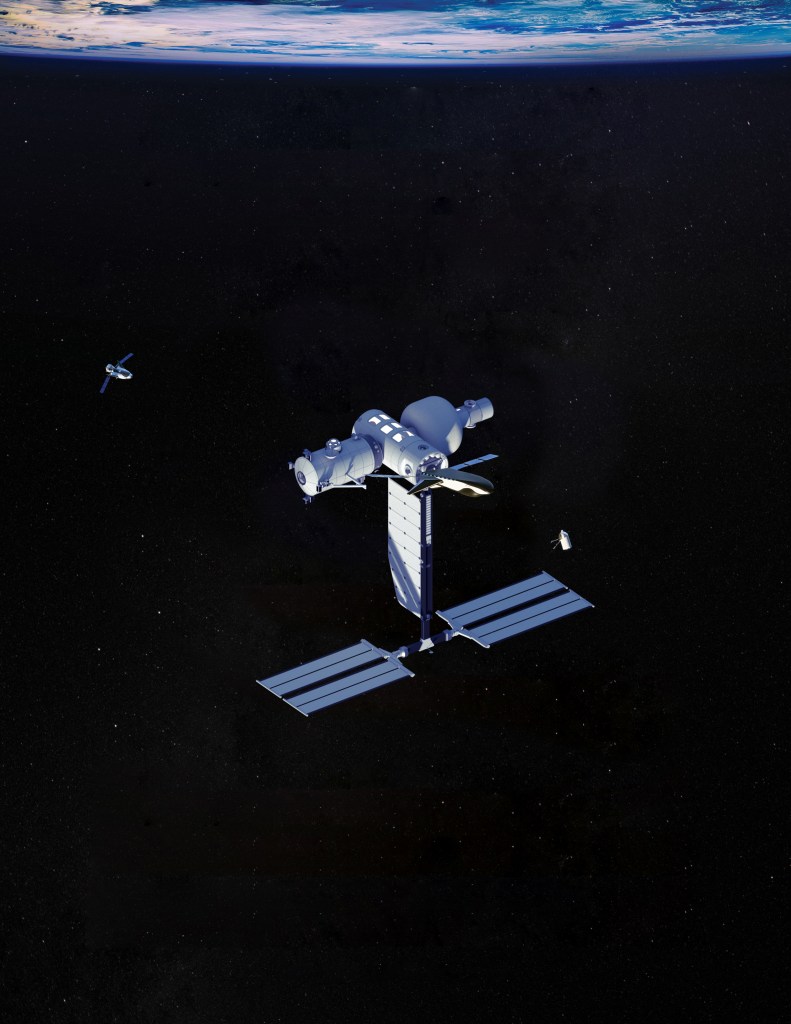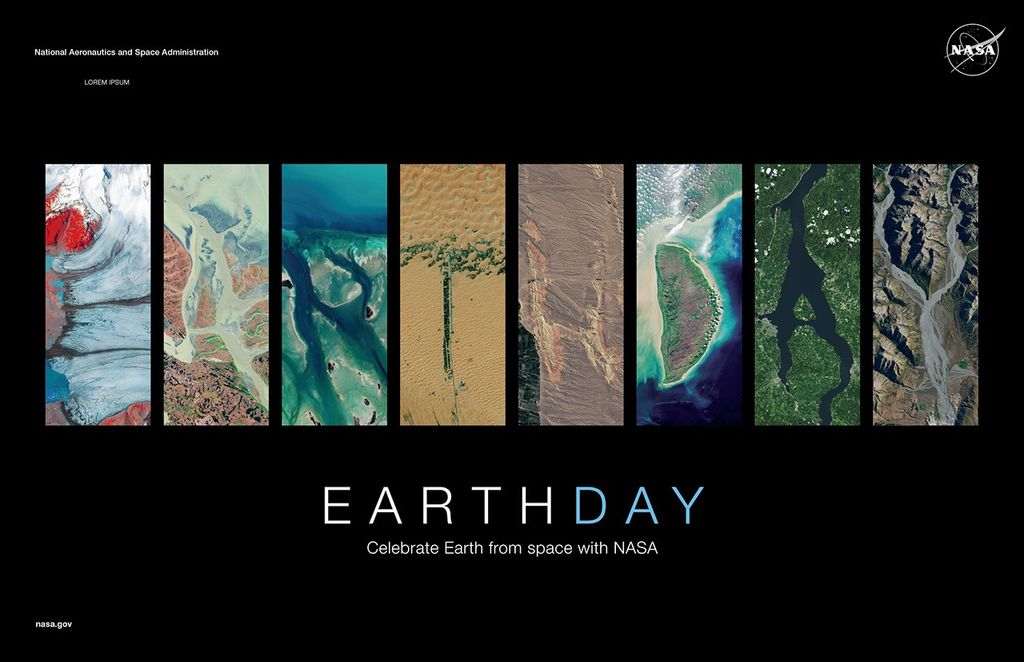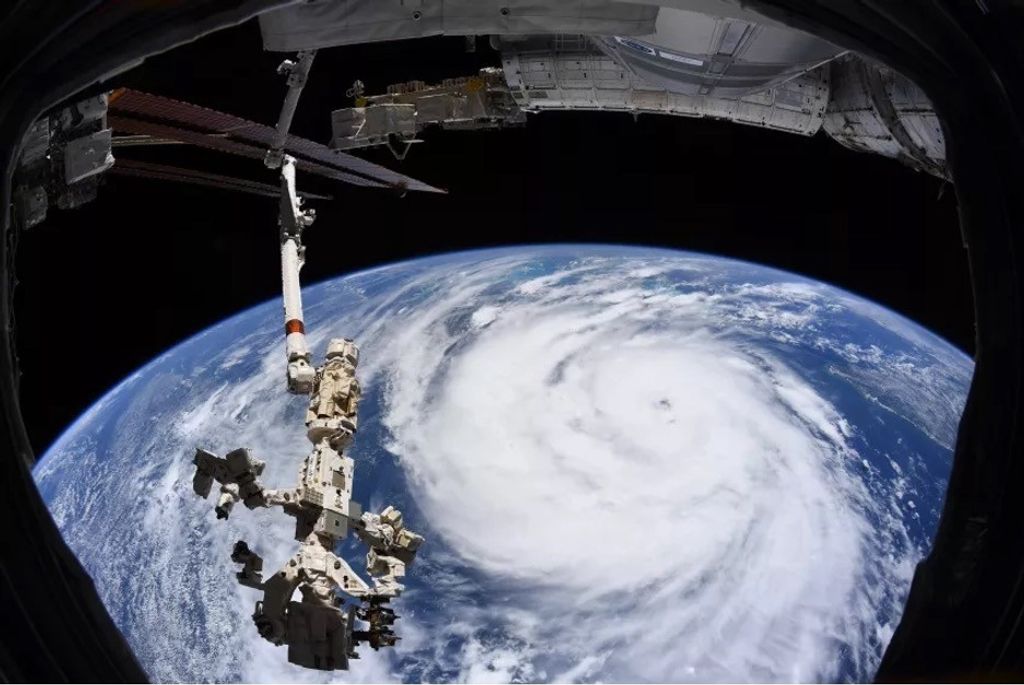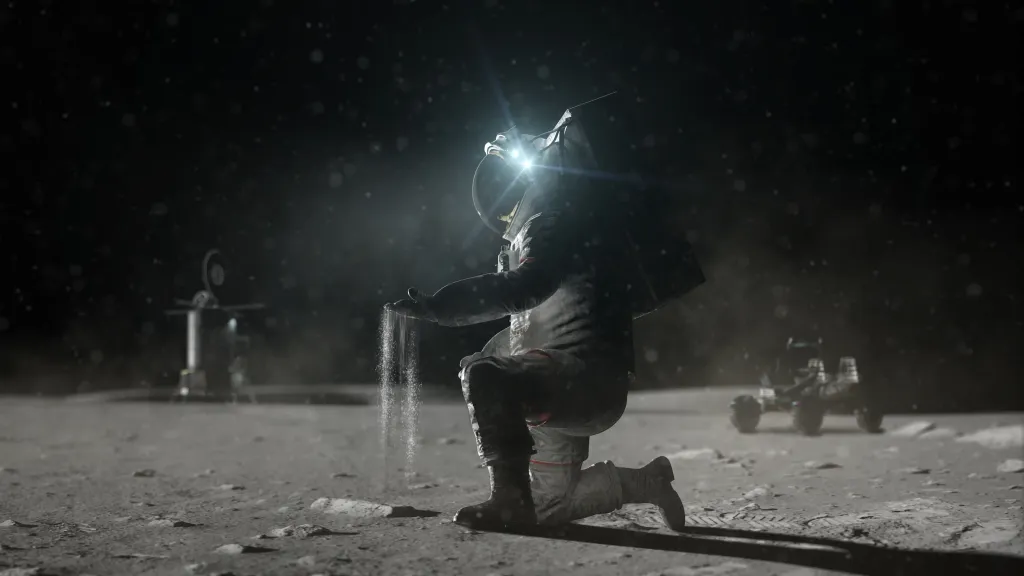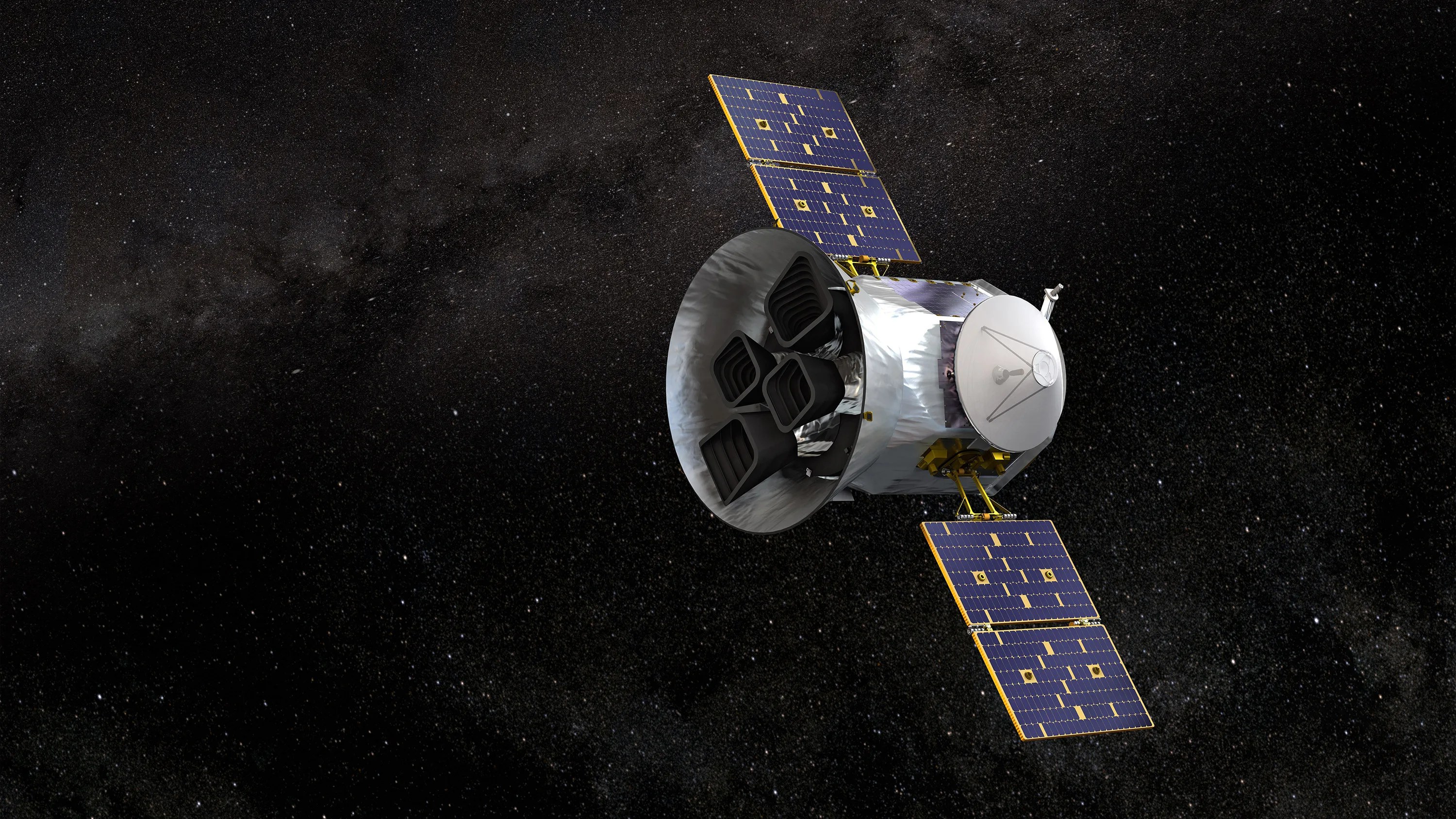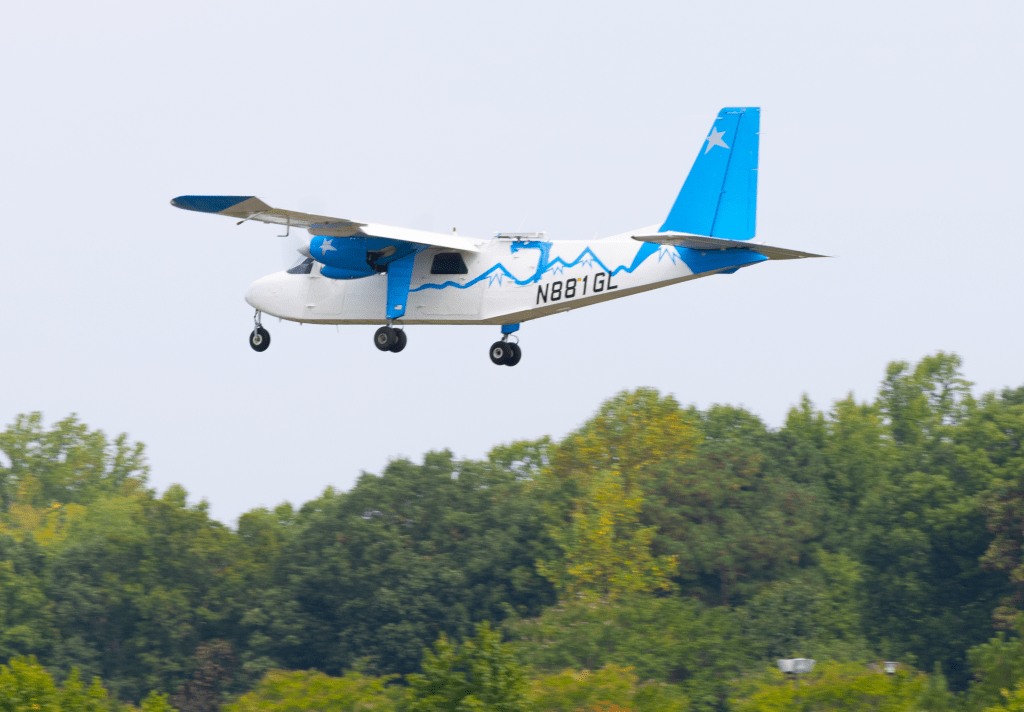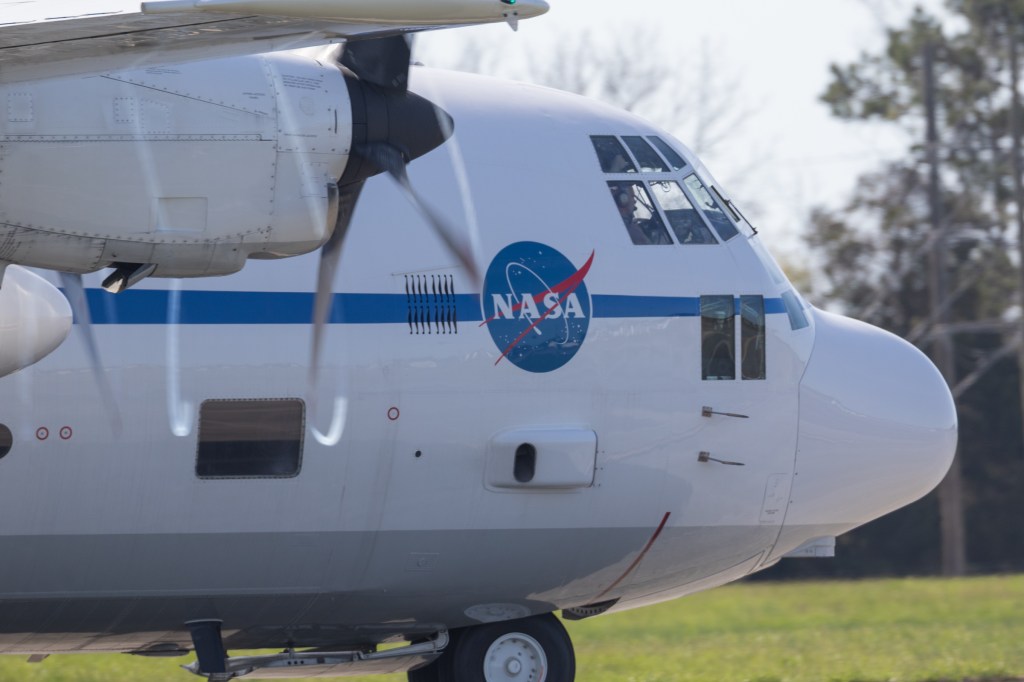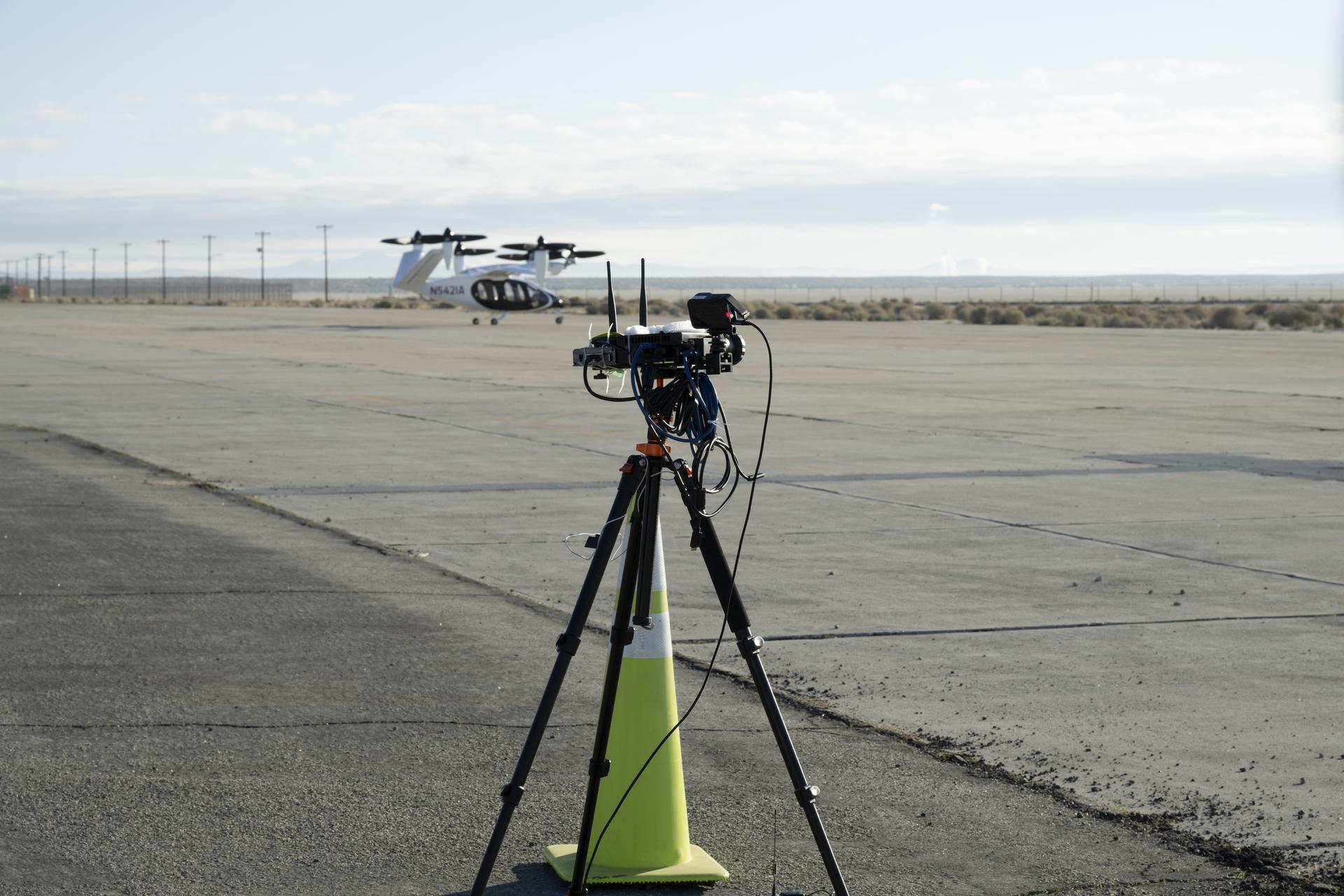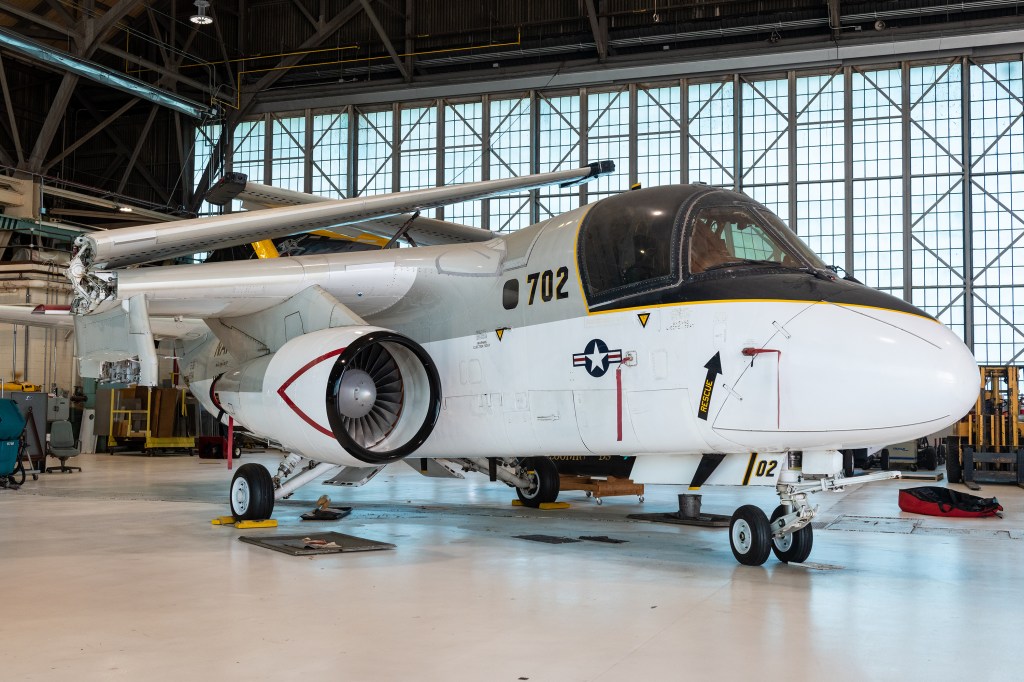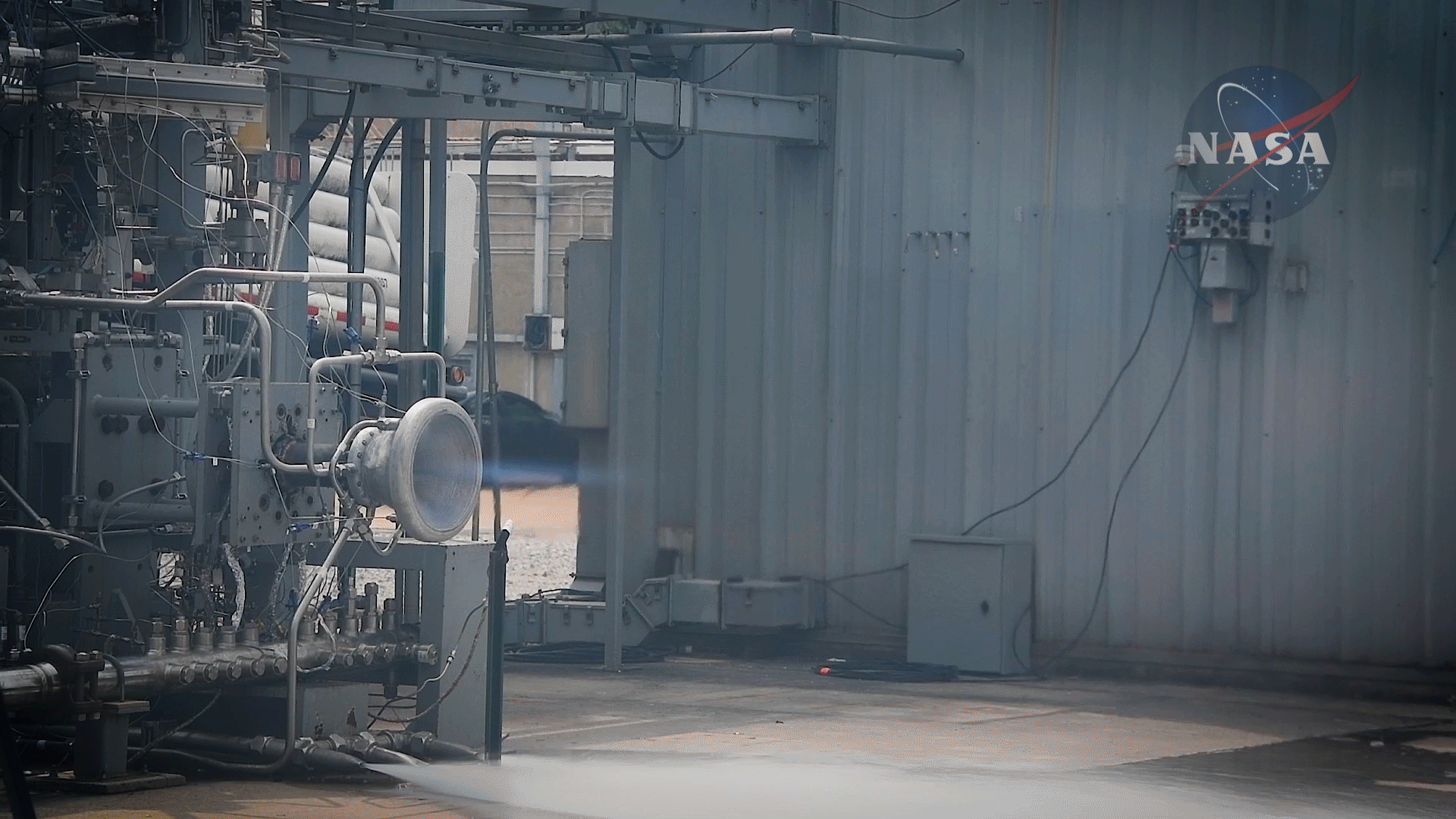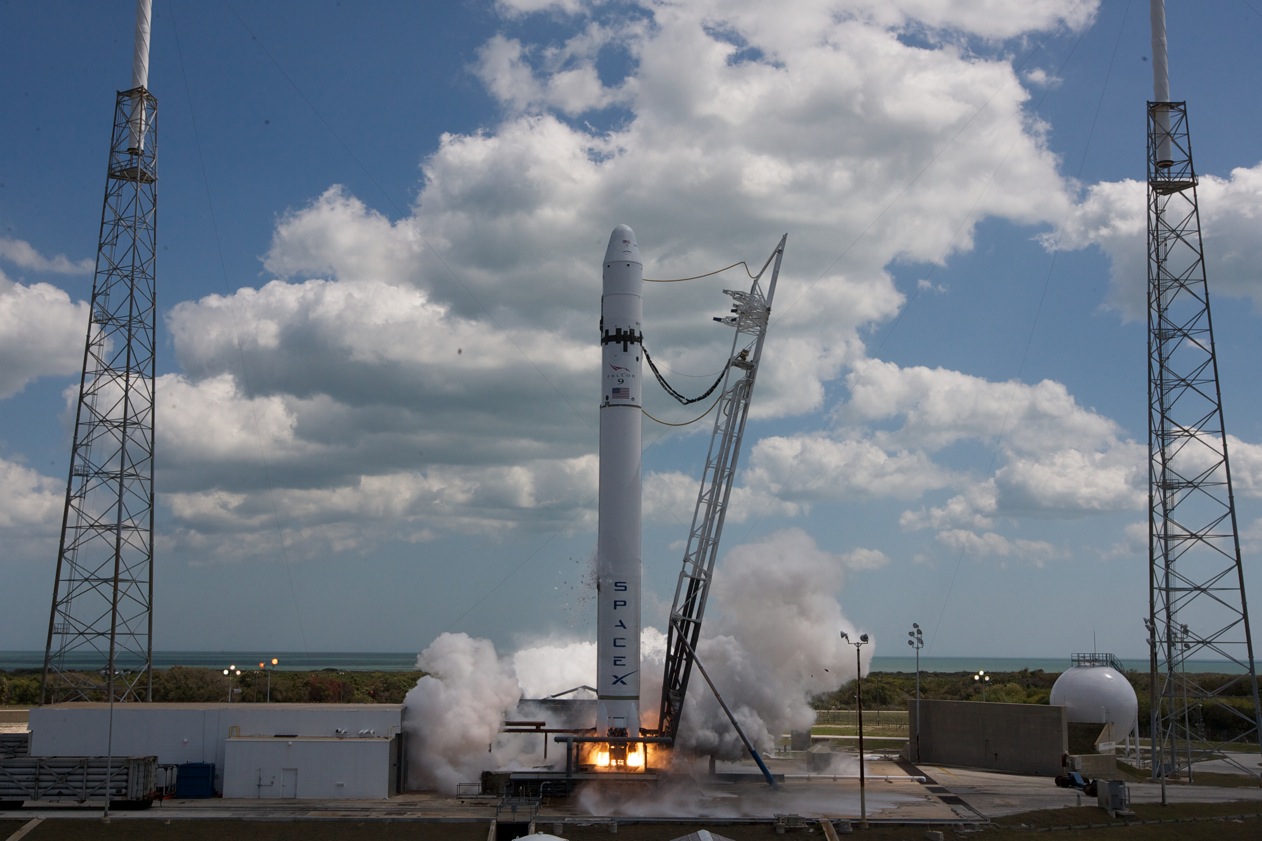This article is for students grades 5-8.
When most people think of a rocket, they think of a tall round vehicle that flies into space. But the word “rocket” can mean two different things. The word can describe a type of engine. The word rocket also is used to talk about a vehicle that uses a rocket engine.
____________________________________________________________________________________________
Words to Know
thrust: the forward or upward force produced by the engines of a plane or rocket.
____________________________________________________________________________________________
How Does a Rocket Engine Work?
Like many other engines, a rocket produces thrust by burning fuel. Most rocket engines turn the fuel into hot gas. Pushing the gas out of the back of the engine makes the rocket move forward.
A rocket is different from a jet engine. A jet engine requires oxygen from the air to work. A rocket engine carries everything it needs. That is why a rocket engine works in space, where there is no air.
There are two main types of rocket engines. Some rockets use liquid fuel. The main engines on the space shuttle orbiter use liquid fuel. The Russian Soyuz uses liquid fuels. Other rockets use solid fuels. On the side of the space shuttle are two white solid rocket boosters. They use solid fuels. Fireworks and model rockets also fly using solid fuels.
Why Does a Rocket Work?
In the vacuum of space, an engine has nothing to push against. So how do rockets move there? Rockets work by a scientific rule called Newton’s third law of motion. English scientist Sir Isaac Newton listed three Laws of Motion more than 300 years ago. The third law says that for every action, there is an equal and opposite reaction. When the rocket pushes out its exhaust, the exhaust also pushes the rocket. The rocket pushes the exhaust backward. The exhaust makes the rocket move forward. This rule can be seen on Earth. If a person stands on a skateboard and throws a bowling ball, the person and the ball will move in opposite directions. Because the person is heavier, the bowling ball will move farther.
When Were Rockets Invented?
The first known rockets were used in China in the 1200s. These solid rockets were used for fireworks. They also were used by armies for war. In the 1300s, these rockets were used for the same purposes through much of Asia and Europe. In the next 600 years, people developed bigger and better solid rockets. Many of these were used by the military.
In 1903, a Russian teacher named Konstantin Tsiolkovsky wrote a paper describing the idea of liquid-fuel rockets. In 1926, American scientist Robert Goddard flew the first liquid-fuel rocket. German scientists led by Hermann Oberth improved liquid-fuel rockets. During World War II, Germany used rockets to bomb other countries. In 1957, the Soviet Union used a rocket to launch the first satellite. In 1961, Soviet cosmonaut Yuri Gagarin rode in a rocket to become the first person in space. In 1969, the United States launched the first men to land on the moon – Neil Armstrong and Buzz Aldrin – using a Saturn V rocket.
____________________________________________________________________________________________
Words to Know
missile: an object (such as a stone, arrow, artillery shell, bullet, or rocket) that is thrown, shot, or launched usually so as to strike something at a distance.
____________________________________________________________________________________________
How Does NASA Use Rockets?
Early NASA missions used rockets built by the military. Alan Shepard became the first American in space flying on the U.S. Army’s Redstone rocket. The Atlas missile was used to make John Glenn the first American to orbit Earth. NASA’s Gemini missions used the Titan II missile to launch astronauts. The first rockets NASA built to launch astronauts were the Saturn I, the Saturn IB and the Saturn V. Apollo missions used these to send men to the moon. A Saturn V launched the Skylab space station. The space shuttle also uses rocket engines to carry astronauts into space. NASA uses rockets to launch satellites and to send probes to other worlds. These rockets include the Atlas V, the Delta II, the Pegasus and Taurus. NASA also uses smaller “sounding rockets” for scientific research. These rockets go up and come back down, instead of flying into orbit.
How Will NASA Use Rockets in the Future?
New rockets are being developed today that will launch astronauts on future missions. Compared to the space shuttle, these rockets will look more like earlier rockets – tall and round and thin. These rockets will take astronauts and supplies to the International Space Station. NASA also is working on a powerful new rocket called a heavy lift vehicle. This rocket will be able to carry large amounts of equipment into space. Together, the heavy lift vehicle and other rockets will make it possible to explore other worlds and may someday send humans to Mars.
More About Rockets
NASA Celebrating 90 Years: Robert Goddard’s Rocket and the Launch of Spaceflight



